How to exercise to make the most of your menstrual cycle
2 years ago
Cycle syncing2 years ago
Cycle syncing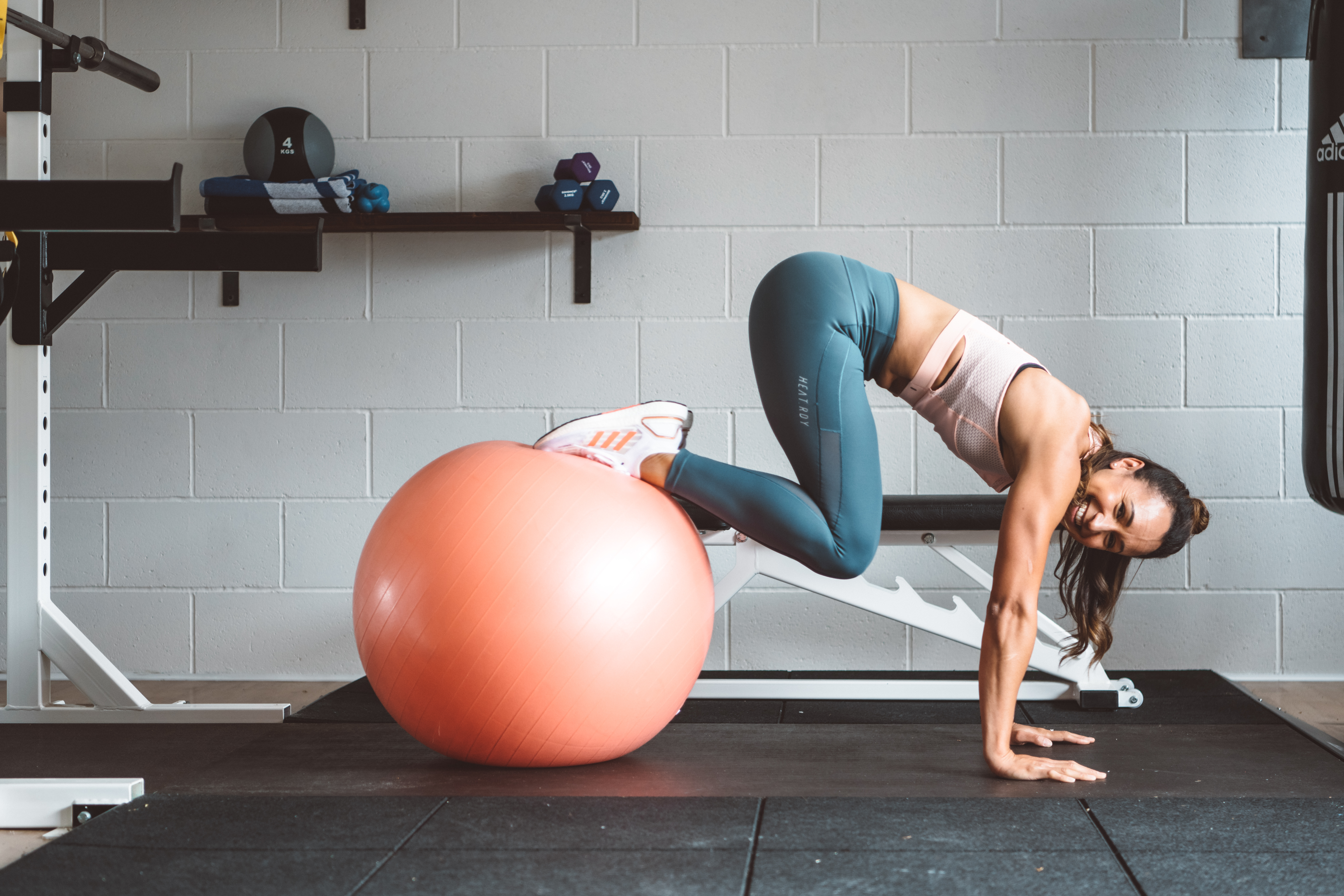
Do you power through your HIIT sessions one week, then find it impossible the next? Does your motivation to move change dramatically across a month? Then it’s probably to do with which phase of your menstrual cycle you're in. Here, we explain what's happening in the four menstrual cycle phases, plus we tell you how to make the most of them to feel fitter and happier…
Hormones are incredibly powerful and have a massive impact on your moods, metabolism, motivation and more. So, it’s no surprise that the hormone changes that take place across your menstrual cycle can have a big impact on how hard you can workout, how hard you want to workout and how well you recover. The problem is that we've never been taught to understand our hormones or take advantage of them. “Between growing breasts, periods, birth control decisions, pregnancy and childbirth, there are a lot of things about women’s bodies that just don’t get the air-time they deserve,” says Olympic heptathlete and founder of the Jennis CycleMapping app, Jess Ennis-Hill.
“With my new project, I’m opening up the conversation about hormones and the menstrual cycle and giving women the knowledge and guidance to help them make the most of what's happening. Crucially, we make it simple, so that you can apply the learnings beyond movement, too.”
Here, Jess and Jennis physiologist Dr Emma Ross take us on a whistle stop tour of the four phases and tell us which exercise styles to do in each to make the most of what's happening.
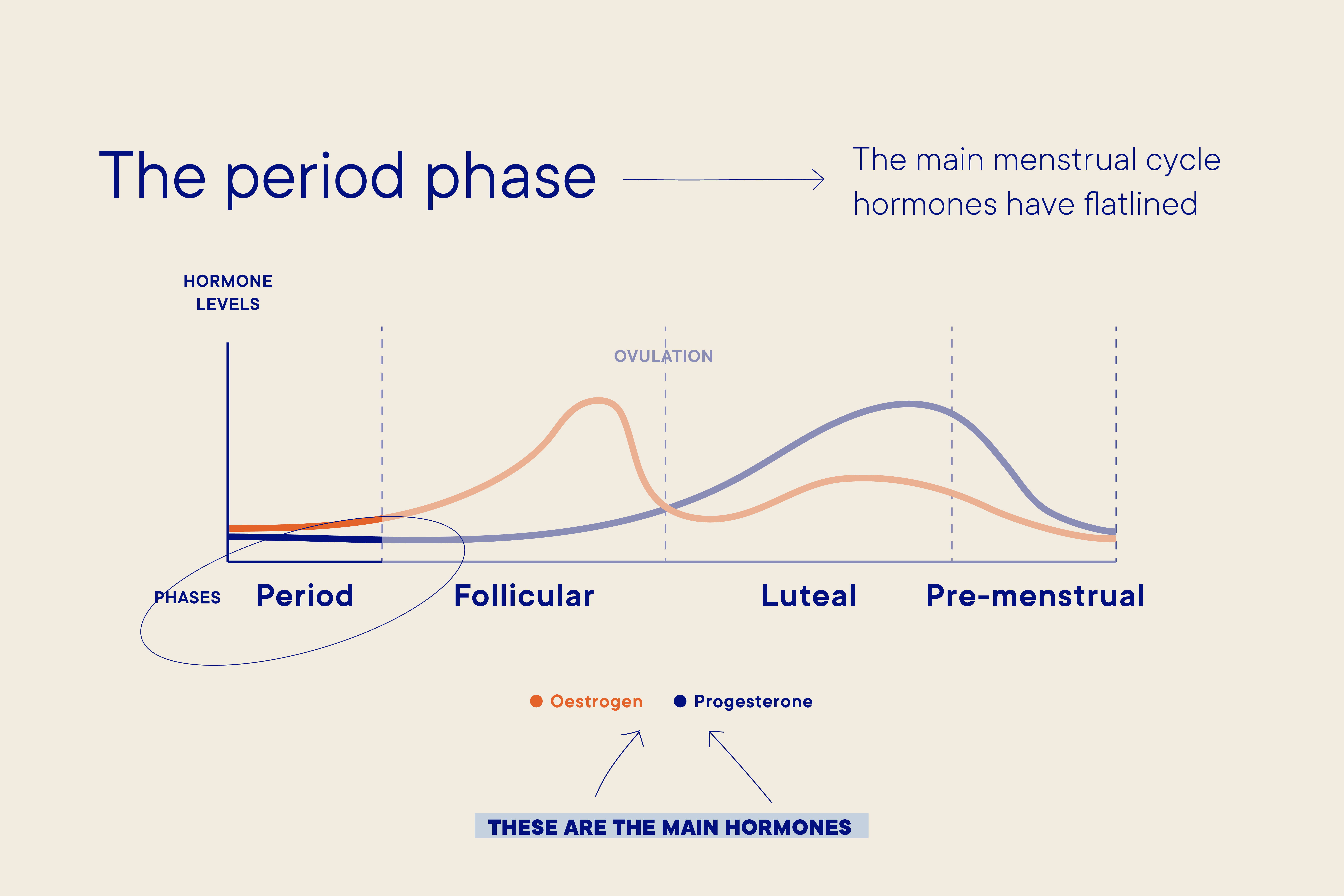
How do you feel and why: Cramps, fatigue, headaches, mood swings, period poo, back ache - any of these sound familiar? Once your womb lining starts to shed and your period / bleed starts, a whole host of symptoms kick in, with most of them pretty undesirable.
Between growing breasts, periods, birth control decisions, pregnancy and childbirth, there are a lot of things about women’s bodies that just don’t get the air-time they deserve
When it comes to what's causing these symptoms, contrary to popular belief, it’s got very little to do with your hormones. As you can see from the graph below, oestrogen and progesterone have pretty much flatlined, so it’s usually a group of hormone-like chemicals called prostaglandins (pronounced: pross-tah-gland-ins) that are creating the undesirables.
We need prostaglandins to trigger the muscles in your uterus to contract in order to expel the lining, but too much prostaglandins and the contraction can be too intense (cue: abdominal cramps and pain) and they can leak into other areas of the body, leading to headaches / nausea / period poo / fatigue - delete as appropriate.
“There’s no right or wrong way to exercise on your period,” says Jess Ennis-Hill, “and the key is to tune into what your unique symptoms are telling you and how you are feeling.”
“If you’re raring to go, it’s possible that your oestrogen levels have started to rise and you’re feeling the benefits. If so, do whatever you like, but make sure you stay well hydrated as bleeding can contribute to dehydration,” she explains.
If you’re one of the 84% of people who suffer cramps and aches , this is probably down to the prostaglandin cramp effect, plus the fact that there's not enough blood flow and oxygen getting to the abdominal area. If this sounds like you, certain exercise styles can help, with top picks from the CycleMapping app including yoga for abdominal cramps, rage releasing runs, stretch sessions for fatigue and yoga for bloat.

How do you feel and why: During this phase, your oestrogen levels go from zero to hero, rising significantly as you prepare for ovulation,” says Dr Emma, “Around the time of ovulation, you also get a teeny spike of testosterone. It’s very small, but because women don’t have much testosterone, you can often notice its presence.”
In terms of how you feel, “high oestrogen levels make you feel more motivated, social, outgoing and confident, and you may feel more able to tackle challenging problems,” says Emma. “ When it comes to your fitness , you might feel more motivated to train, with some women more likely to push their fitness, go for a PB and tag on extra sets and reps.”
The combination of emotions should give you a real spring in your step – and that’s scientifically proven, too. According to various studies, the way we walk actually changes and we get a definite swagger on during our Follicular phase too.
High oestrogen levels make you feel more motivated, social, outgoing and confident, and you may feel more able to tackle challenging problems
Studies have shown that stacking your resistance and strength training in this phase, then easing off in the next phase, produces better strength gains than when it’s spread evenly . To make the most of this, you should focus on more intense sessions, such as audio HIIT runs, strength sessions or Super HIITs and plot in regular rest days to allow your muscles to build back stronger. By training in this way you can achieve up to 15% more strength gains, so this is the time to really push it.
There’s also a point during ovulation where you may get a very small spike of testosterone for a day or so. According to research this can be a sweet spot for reaching a PB , so tag on an extra set, add more load or really push your runs to make the most of the extra motivation.
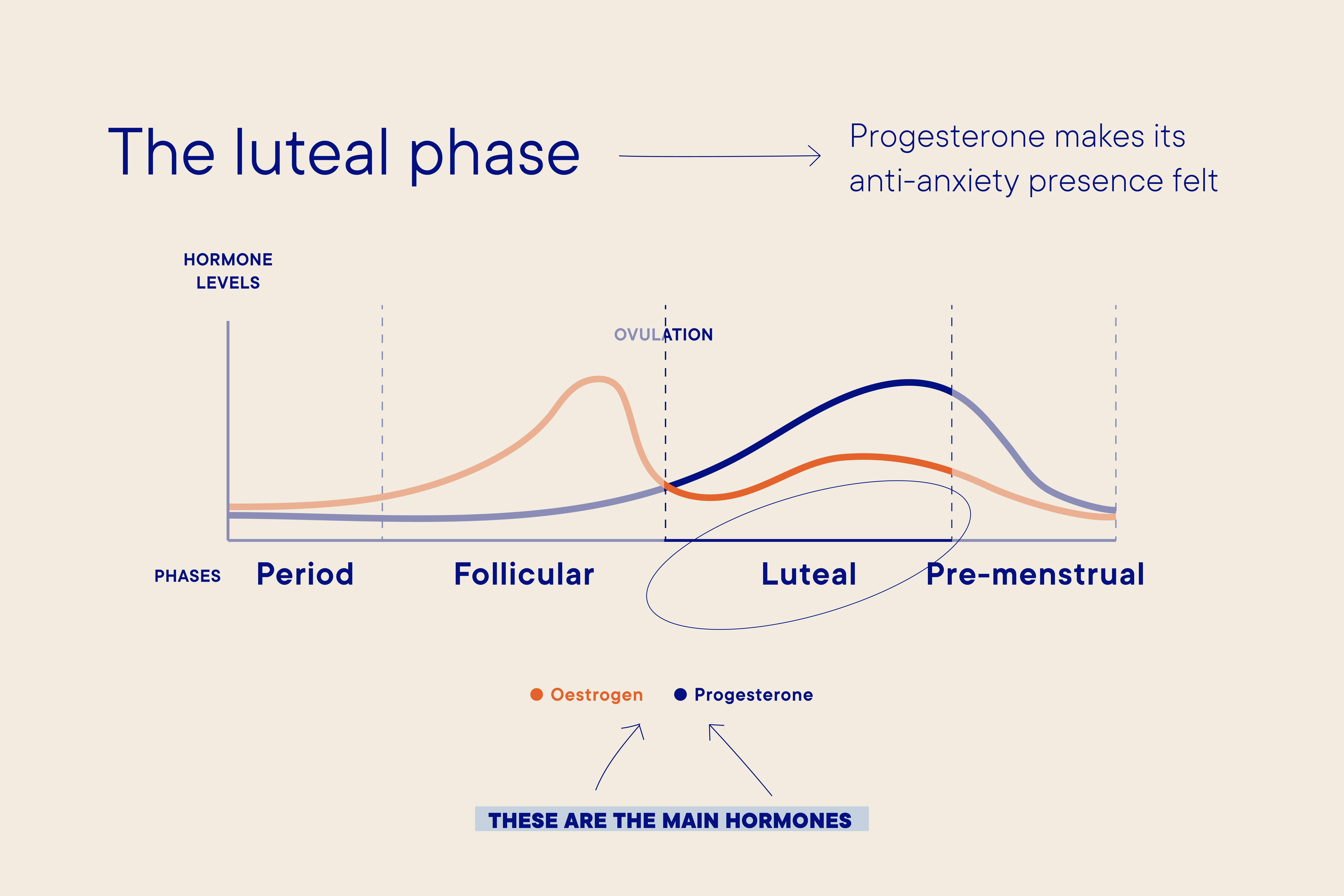
How do you feel and why: The presence of progesterone (see graph above) signals a distinct change of pace, with some women feeling more chilled and relaxed. Although a sense of calm is good, some women can find the lower motivation to train or go hard with their fitness frustrating.
Rather than seeing this as a flaw or feeling guilty that you don’t want to smash that next HIIT, the key is to tune into the change of pace and celebrate the way your hormone profile makes you better able to go for longer.
“People often celebrate the Follicular Phase as the champion of fitness, but there are a lot of interesting things going on during your Luteal Phase,” says Jess, “which means that your endurance ability goes up”.
“Thanks to a shift in hormones, your metabolism shifts to preferring to use fat as fuel over carbs,” explains Emma. “The knock-on effect of this is that you may feel like you are more comfortable doing steady state, endurance-style exercise.”
The key is to tune into the change of pace and celebrate the way your hormone profile makes you better able to go for longer.
To make the most of this fat-burning efficiency, your training should focus on steady state sessions that keep you moving while maintaining your heart rate at a constant pace of about 50-70% of your max.
As well as Low Intensity Steady State workouts (LISS) , this could include things like cycling, running, swimming and power yoga. Note: you shouldn’t cut out high intensity sessions completely, but you should up your proportion of steady state sessions versus the high intensity or strength ones.
For help on what session to do and when, sign up to Jennis CycleMapping
Ever been accused of being ‘hormonal’ in your Pre-menstrual Phase? Well, whoever said that is completely wrong. Contrary to popular belief, anxiety, tearfulness, fatigue, irritability, headaches (and 150 other reported PMS symptoms) are definitely not caused by a surge in hormones (see our hormone graph above). Instead, it’s a massive drop-off in oestrogen and progesterone that’s causing the issues.
Oestrogen affects serotonin (the happy hormone), and progesterone has an anti-anxiety effect, so when you take those two away, it’s no surprise that you get a withdrawal effect – and it's this withdrawal that leads to the less desirable symptoms.
“Although there is no one way you exercise during your pre-menstrual phase, there are certain styles of exercise that can be more helpful to particular symptoms,” says Jess.
If you suffer from bloating, gentle exercises that massage the core can help to alleviate digestive system issues, such as core focused yoga flows. If you tend to feel irritable, try releasing mood-boosting endorphins with a high-energy session like a HIIT run. And if you’ve got no energy at all, a gentle walk or stretch session will still make a positive difference.
The key is to move, with a recent study carried out on women aged 18-25 over an eight-week period, showing that those who exercised regularly noticed a significant reduction in PMS symptoms. In fact, the results were so impressive that exercise can now be used as a treatment for PMS.
Importantly, there’s no pressure to go hard and max out on those burpees. A review of 17 studies that looked at the impact of exercise on PMS proved that it’s not the type of exercise but the regularity that can be beneficial for both physical and psychological symptoms.
 Cycle syncing
Cycle syncing Perimenopause
Perimenopause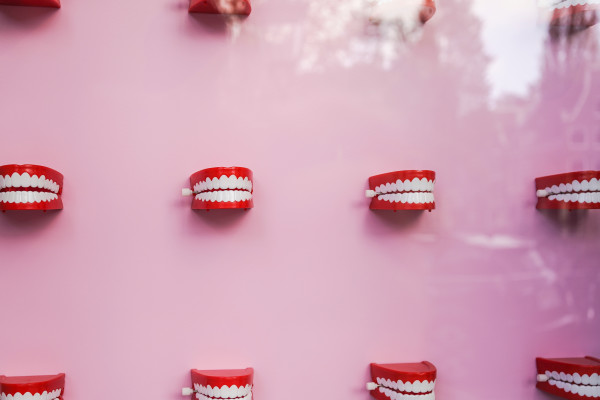 Perimenopause
Perimenopause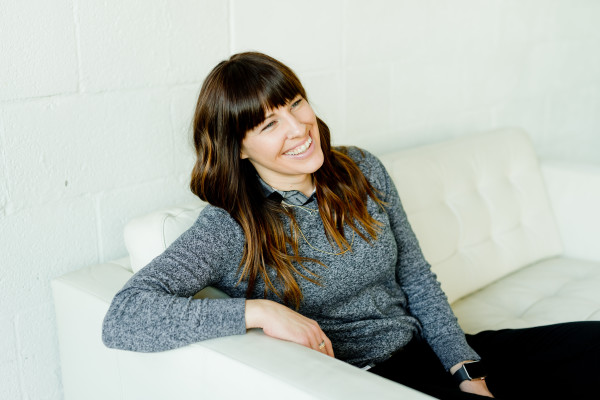 Perimenopause
PerimenopauseSign up to learn everything you need to know about CycleMapping, plus how you can live better and feel better through optimising your fitness to you.
This website uses cookies to ensure you get the best experience on our website. Learn more
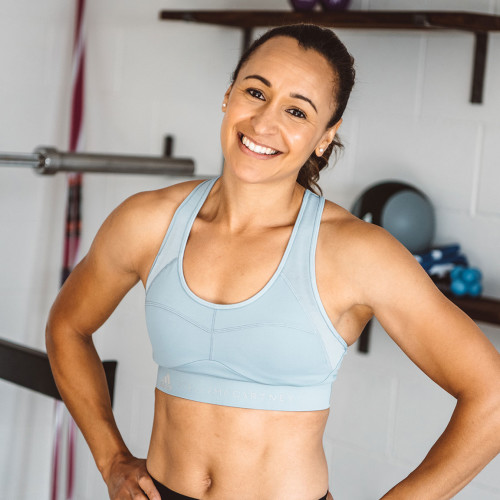
Sign up for the very latest news on women's fitness, health and hormones, plus be the first to receive exclusive offers and extras